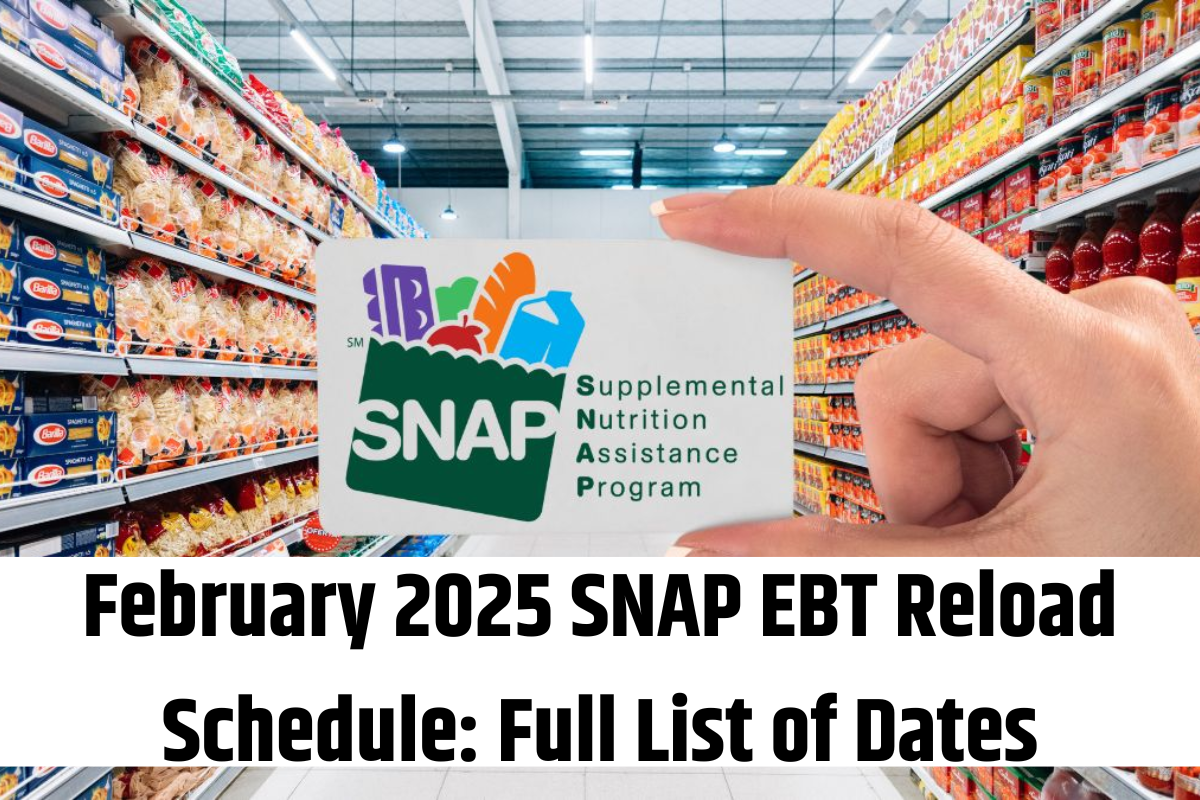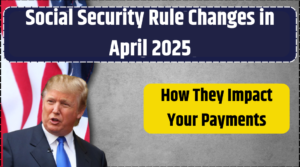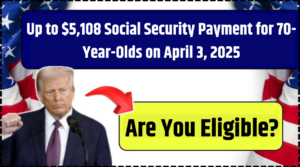February is nearly here, and SNAP payments are gearing up to be reloaded after January’s food stamp disbursements in Florida and Texas. It’s important to note that SNAP benefits (formerly known as food stamps) are not issued on a single day across the country. Instead, payment dates vary by state—while some states have just one payday, others spread their payments over multiple days.
For example, if you live in Alaska, Vermont, Rhode Island, or North Dakota, your Electronic Benefit Transfer (EBT) card will be reloaded on February 1. Keep in mind that some states have unique names for their EBT cards. In Texas, for instance, they’re known as Lone Star cards, and in California, the program is called CalFresh.
Below is a comprehensive list of the scheduled SNAP EBT card reload dates by state and territory for February:
- Alabama: February 4–23
- Alaska: February 1
- Arizona: February 1–13
- Arkansas: February 4–13
- California: February 1–10
- Colorado: February 1–10
- Connecticut: February 1–3
- Delaware: February 2–23
- Florida: February 1–28
- Georgia: February 5–23
- Hawaii: February 3–5
- Idaho: February 1–10
- Illinois: February 1–10
- Indiana: February 5–23
- Iowa: February 1–10
- Kansas: February 1–10
- Kentucky: February 1–19
- Louisiana: February 1–23
- Maine: February 10–14
- Maryland: February 4–23
- Massachusetts: February 1–14
- Michigan: February 3–21
- Minnesota: February 4–13
- Mississippi: February 4–21
- Missouri: February 1–22
- Montana: February 2–6
- Nebraska: February 1–5
- Nevada: February 1–10
- New Hampshire: February 5
- New Jersey: February 1–5
- New Mexico: February 1–20
- New York: February 1–9
- North Carolina: February 3–21
- North Dakota: February 1
- Ohio: February 2–20
- Oklahoma: February 1–10
- Oregon: February 1–9
- Pennsylvania: During the first 10 business days in February
- Rhode Island: February 1
- South Carolina: February 1–10
- South Dakota: February 10
- Tennessee: February 1–20
- Texas: February 1–28
- Utah: February 15
- Vermont: February 1
- Virginia: February 1–7
- Washington: February 1–20
- West Virginia: February 1–9
- Wisconsin: February 1–15
- Wyoming: February 1–4
- Guam: February 1–10
- Puerto Rico: February 4–22
- District of Columbia: February 1–10
- U.S. Virgin Islands: February 1
How to Apply for SNAP Benefits
SNAP is administered by the U.S. Department of Agriculture (USDA) but managed at the state level. To apply, contact your state’s SNAP office or visit their website. You can find your state’s contact details via the USDA SNAP State Directory.
After submitting your application, you may need to complete a follow-up interview, either by phone or in person.
Required Documentation
When applying for SNAP benefits, having your documents in order will help speed up the process. Typical documents you may need include:
- Identification:
- A government-issued photo ID (such as a driver’s license or state ID).
- Proof of citizenship or immigration status (birth certificate, green card, or naturalization certificate).
- Proof of residency (lease agreement, utility bill, etc.).
- Social Security Numbers:
- You’ll need to provide a Social Security number for every household member applying for benefits.
- Income Verification:
- Recent pay stubs or a statement of earnings from your employer.
- Documentation for self-employment income, if applicable.
- Records of any unemployment or Supplemental Security Income (SSI) benefits.
- Expenses and Deductions:
- Housing costs (rent receipts, mortgage statements, or property tax bills).
- Utility bills (electric, gas, water, etc.).
- Documentation of childcare or medical expenses, especially if applicable for elderly or disabled household members.
- Financial Information (if requested):
- Bank account statements or other asset records, which might include stocks or bonds depending on state requirements.
Eligibility and Payment Amounts
To receive SNAP payments in February, you must first apply and be approved. SNAP is designed to assist low-income Americans facing food insecurity. Each state uses different systems—some rely on case numbers, Social Security numbers, or Eligibility Determination Group numbers—to schedule payments.
For households ranging from one to eight members, the maximum benefit amounts in the 48 contiguous states and the District of Columbia are as follows:
- 1 person: $292
- 2 people: $536
- 3 people: $768
- 4 people: $975
- 5 people: $1,158
- 6 people: $1,536
- 7 people: $1,756
- 8 people: (Maximum benefit not specified here)
For the latest details on issuance schedules and eligibility, you can always check the USDA’s monthly issuance schedule at FNS SNAP Monthly Issuance Schedule.
Staying informed through official channels is the best way to ensure you receive your benefits on time and understand any changes that might occur in your state’s SNAP program.




